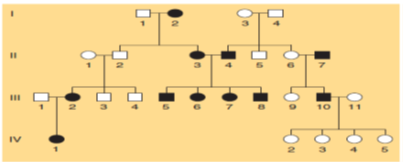TLS Online TPP Program
More Questions
TLS Online TPP Program
#Question id: 27939
#Unit 9. Diversity of Life Forms
Which of the following phenomenon is not applicable for biological species concept?
a.Allopatric population
b.Sexually reproducing species
c. Hybrid species
d. Fossils
TLS Online TPP Program
#Question id: 27940
#Unit 9. Diversity of Life Forms
Sibling species are those species which is___
TLS Online TPP Program
#Question id: 27941
#Unit 1. Molecules and their Interaction Relevant to Biology
Some of the following statement are made regarding the Enzymes of glycolysis along with their Coenzyme (s) or Cofactor (s) and Inhibitor (s)
a. Phosphoglucoisomerase having Mg2+ as Cofactor and can be inhibited by 2-deoxyglucose 6-phosphate
b. Aldolase having Zn2+ as Cofactor, can be inhibited by Chelating agents
c. Enolase having Mg, Mn22+ Cd2 as Cofactor, can be inhibited by Fluoride + phosphate
d. Phosphofructokinase having NAD as Coenzyme can be inhibited by Iodoacetate
Which of the following is correct
TLS Online TPP Program
#Question id: 27942
#Unit 1. Molecules and their Interaction Relevant to Biology
Glycolytic enzymes along with them their class is mentioned
(1) Phosphoglucoisomerase, Phosphotriose isomerase, Phosphoglycerate mutase belongs to Isomerases
(2) Hexokinase, Phosphofructokinase, Phosphoglycerate kinase, Pyruvate kinase belongs to Transferases
(3) Aldolase, Enolase belongs to Lysases
(4) Glyceraldehyde 3-phosphate dehydrogenase belongs to Oxidoreductases
Which of the following is correct
TLS Online TPP Program
#Question id: 27943
#Unit 1. Molecules and their Interaction Relevant to Biology
Which of the following reaction is catalyzes by enolase during Glycolysis
TLS Online TPP Program
#Question id: 27944
#Unit 1. Molecules and their Interaction Relevant to Biology
Which one of the following is not the component of Co-A

